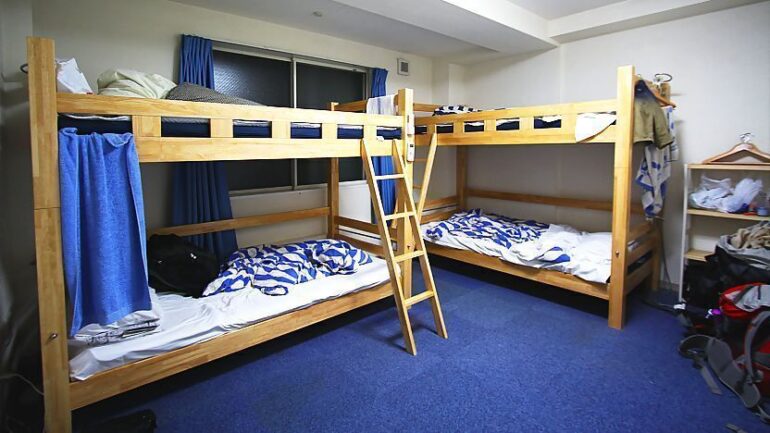Japan’s hostels are some of the cleanest, safest, and best-designed in the world—great for solo travelers, friends, and even families on a budget. Here’s how to pick the right stay and what to expect across Tokyo, Kyoto, Osaka, and beyond.
Pick the Right Type: Capsule, Pod, or Boutique Hostel
You’ll see three common styles:
-
Capsule hotels: compact sleeping pods with shared baths; great for one-nighters near stations or airports.
-
Pod-style hostels: dorms with privacy curtains, personal lights/chargers, lockers—more social than capsules but still private.
-
Boutique hostels: small rooms (sometimes family rooms), stylish lounges, cafés, and cowork corners—ideal if you want design and community.
Look for female-only dorms, private twins/doubles for pairs, and check bunk size and locker dimensions (some fit only daypacks).
Location Logic: Trains, Transfers, and Quiet Nights
In big cities, time = money. Prioritize walkable access to a major line:
-
Tokyo: JR Yamanote Line (loop) or metro hubs like Asakusa, Ueno, Shinjuku, or Akihabara.
-
Kyoto: near Kyoto Station or along the Karasuma Line for easy temple access.
-
Osaka: Umeda/Namba for transfers; Shin-Osaka if you’re riding the shinkansen often.
Check last-train times, nearby conbini (7-Eleven, FamilyMart), and whether the street is lively or quiet after 10 pm if you’re a light sleeper.

Facilities That Actually Matter
Scan the listing for:
-
Showers & laundry: enough units for peak hours; coin washers/dryers save days.
-
Common areas: a real lounge makes meeting people easy; kitchens help you trim food costs.
-
Power & Wi-Fi: outlets for every bed; stable Wi-Fi if you’ll work.
-
Luggage options: early bag drop, storage rooms, or nearby coin lockers. Consider TA-Q-BIN luggage forwarding if you’re city-hopping.
-
Curfew & check-ins: some hostels lock doors late; confirm PIN access or staff hours if you arrive after 9–10 pm.
Etiquette & Small Comforts
Japan values quiet. Expect lights-out norms, low voices, and no phone calls in dorms. Use earplugs, an eye mask, and slippers (many hostels are shoes-off). In shared baths/onsen: rinse first, no swimsuits, and keep towels out of the water. Label your food; keep dorms tidy. A little omotenashi (courtesy) goes a long way.

Booking Timing & Budget Tips
Peak seasons (late March–April for sakura, July–August summer, and October–November for koyo autumn leaves) fill quickly—book 3–6 weeks ahead for popular cities. Weeknights can be cheaper than weekends. Grab an IC card (Suica/PASMO/ICOCA) for trains and konbini, and consider overnight buses or rail passes to balance costs.
Bottom line: choose a hostel that’s steps from a useful train line, with pod privacy, solid showers, and a real lounge. You’ll get Japan’s trademark cleanliness and safety—plus the social side that makes travel memorable.

